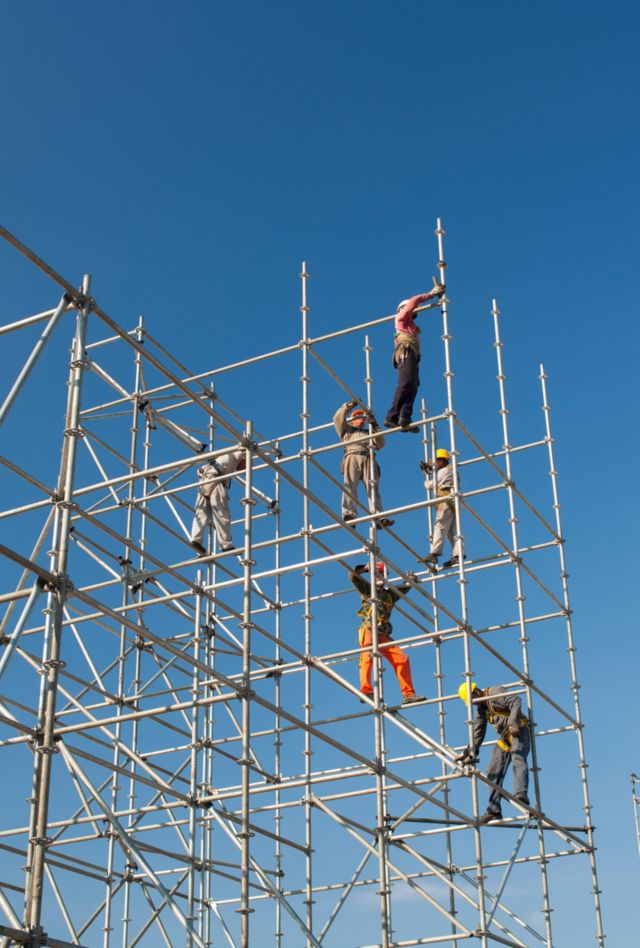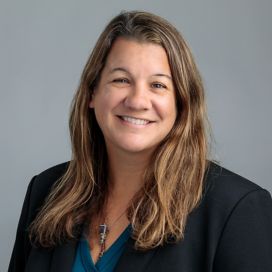National Longitudinal Survey of Youth 1997

Problem
Keeping up with the ever-changing labor force is a challenge.
As the workforce diversifies and technology creates entirely new industries, the U.S. Bureau of Labor Statistics (BLS) needs to understand the new American labor market accurately. No other survey tracks young people’s initiation into the job market, the skill sets they need to prepare for transition into other jobs, periods of unemployment—particularly repeated periods of unemployment—and academic or military experiences.
Solution
Understanding labor force participation for the 21st century.
NORC helped update the National Longitudinal Survey of Youth with a fresh cohort for the 21st century.
Since 1979, NORC has partnered with CHRR at Ohio State University and the BLS to conduct the National Longitudinal Surveys of Youth (NLSY), a component of the National Longitudinal Surveys (NLS) Program. NLS comprises a set of surveys used to gather the most thorough, reliable information on the labor market experiences of American men and women. In the mid-1990s, BLS asked NORC and CHRR to find a new cohort of youths ages 12 to 16 to continue the study.
In 1997, NORC screened more than 90,000 households before identifying a new cohort of 9,000 people born between 1980 and 1984 and conducting the NLSY97 survey. Since then, this group of young people has provided insight into generational changes in the labor market. The participants are now in their 30s and 40s.
A hallmark of the NLSY97 is NORC’s impressive retention rate rate—77.3 percent in the most recent survey—which ensures exemplary data quality. With decades of experience, the NORC field team is adept at tracking and maintaining strong relationships with respondents as they progress through their working years.
Result
NORC has delivered invaluable insights into employment and joblessness.
NLSY97 provides substantial information that other efforts do not track, especially initiation into the job market, skills needed to move into other jobs, cycles of unemployment, and academic or military experiences. The data have deepened the public’s knowledge of the economy, employment, and nearly every other aspect of society, including sociology, education, child development, psychology, and health.
Landmark findings include:
- Just one arrest decreases home ownership rates. Millennials who had contact with the criminal justice system were less likely to own a home as young adults, regardless of race, education, or economic status.
- Student loan debt hinders job searches. The need to repay the loan shortened borrowers’ job search time, leading to lower-paying employment. The study suggested an income-based repayment plan would help.
- Increased taxes discourage people from starting to smoke and reduce tobacco use for light smokers. But higher taxes also correspond with regular smokers lighting up more often, possibly because manufacturers offer discounts to offset the tax hike.
- The value of a General Educational Development certificate, or GED, is in opening access to post-secondary education and training rather than in improving wages.
- Highlighting the importance of generational data, one study found a slight increase in four-year college attendance by the 1997 cohort versus the 1979 group and a striking leap in two-year college attendance by the younger cohort.
Related Tags
Project Leads
-
Lisa Blumerman
Senior Vice President & Department HeadProject Manager -
Vicki Wilmer
Principal Research DirectorProject Director -
Roxanne Wallace
Senior Research DirectorAssociate Project Director -
Lowell Taylor
Senior FellowSenior Staff -
Leah Christian
Senior Vice PresidentSenior Staff -
Quentin Brummet
Principal Research MethodologistSenior Staff -
Lauren E. Seward
Senior Research DirectorSenior Staff -
Rupa Datta
Vice President & Distinguished Senior FellowSenior Staff















